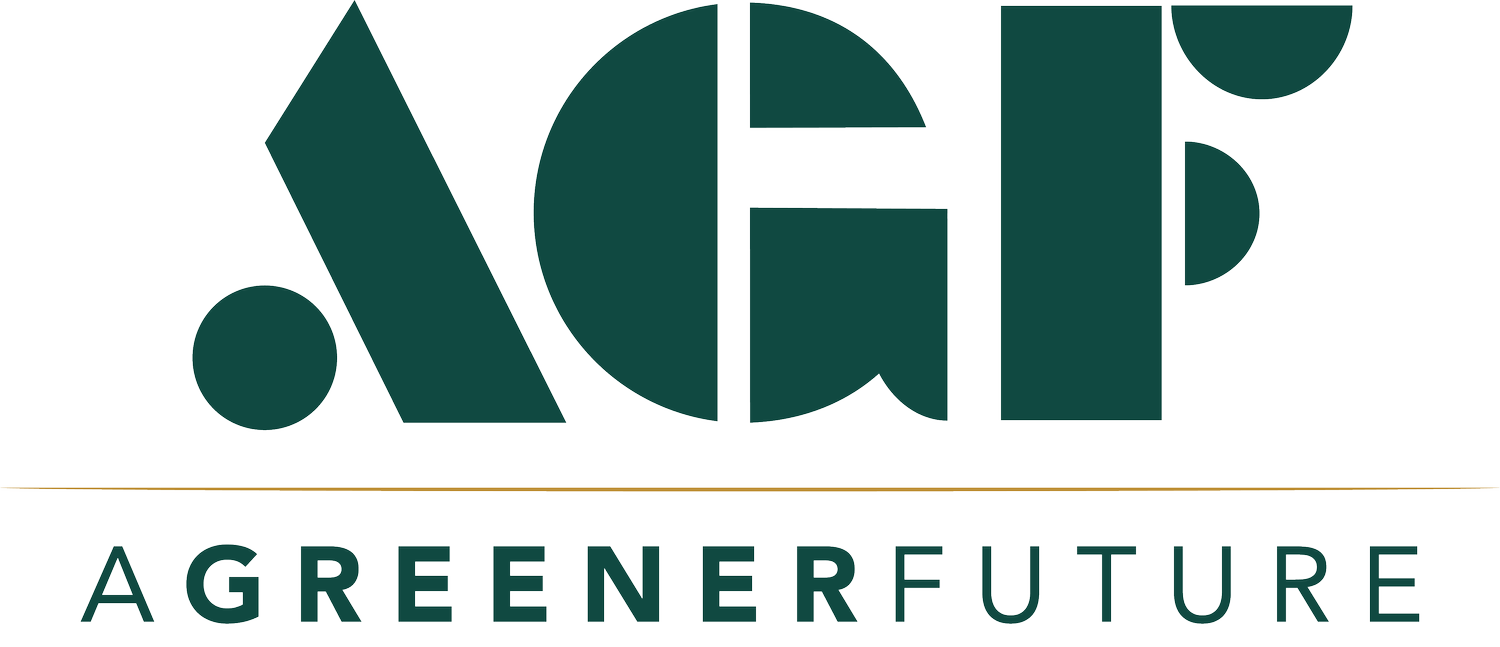Guest Blog: Connected Technology for Sustainable Change
Beth LillianIt’s not exactly news that the Internet has become a global phenomenon; ubiquitous in both our private and professional lives. First it began to shift the way we communicate with one another, and now it is quickly changing the way we interact with the physical world around us.Faced with ever-growing concerns about climate change and other environmental issues, the Internet's ability to connect like-minded people and organizations and serve as a platform for creating sustainable change has never been more vital. Now, the explosive growth of the Internet of Things promises to offer even greater connectivity and exciting new avenues for driving change now and into the future.A World of ConnectionsThe Internet has long been an “Internet of People”, seeking primarily to facilitate communication between human users. However, thanks to the rise of pervasive networked systems - fueled by the evolution of mobile computing and wireless networking technologies - the web has recently taken on another dimension entirely: the Internet of Things.One of the fundamental advantages of IoT systems is the ability for always-connected devices to automatically communicate and report back without any human interaction. While most people are now familiar with smart products like lights that automatically turn on and off or thermostats that can be remotely programmed, the promise of this technology extends far beyond matters of convenience.The Internet of Things turns inanimate objects - and the people who use them - into active participants capable of providing the data organizations need to be more efficient and responsive.Better Living Through Big DataAbove all else, the greatest asset afforded by the Internet of Things is the extraordinary wealth of data it's capable of generating. From GPS data that maps out a city's transportation patterns to far-flung networks of sensors to monitor air quality or energy use, the ability to collect and analyze huge volumes of data - often in real time - is invaluable to nearly any sustainability initiative.Local governments and other organizations are already seeking ways to put this data to work on creating smarter, cleaner and more efficient cities and communities, and many of the same approaches can be effectively incorporated into event planning.Planning for Change and the Role of Participation Another appeal of the Internet of Things is the ability to track where and how energy and other resources are used. Such data can be used to identify and correct inefficiencies, gain insights into how people behave on an individual level and improve resource management.When it comes to urban or festival event planning, it's often the small details that have the greatest impact. For instance, surveys have revealed that more than 30 percent of a city's typical traffic is composed of drivers simply searching for a parking spot. Using real-time data to help those drivers find parking more quickly represents a tremendous opportunity to save time, money and energy.Large events can involve the creation of new infrastructure, and typically require the transport of goods, services, and attendees – in large quantities – across distance to the host location. The IoT supports policy-makers and festival organizers to better understand and manage different visitor activities, even identifying those with the most significant environmental impacts. As an awareness-raising and communication tool, the Internet “personalizes” sustainability and can also help advocate for greater pro-environmental behaviors amongst visitors. At “green” events, IoT technology can be used to communicate the direct link between consumption patterns and global environmental impacts. Providing IoT technology is only half the battle, as its ability to improve sustainability depends upon an active and interested citizenry. To push for new patterns of behavior and influence long-term choices, events attendees must sense appreciable environmental and/or financial gains from their participation and use of new tech tools.An Imperfect Solution?Despite its many benefits, the Internet of Things brings with it potential concerns. With a projected 50 billion connected devices in circulation by the year 2020, such a vast and interconnected network will likely require a staggering amount of energy to operate and maintain. While devices such as smart home thermostats, voice-control devices like Amazon’s Alexa, and even smart trash cans and toasters, and may use little electricity on their own, the data they generate must be transferred, stored and analyzed. This requires a robust internet network and vast storage space, which is found in the form of massive data centers. These centers currently account for nearly three percent of the entire annual U.S. energy consumption, and some analyses project that energy use to grow by as much as 300 percent in the next decade. While this may be partially mitigated by the movement toward renewable energy sources, these vast energy requirements complicate the view of the Internet of Things as a savior of sustainability. Urban and festival event planners have a unique opportunity to play a key role in addressing the environmental concerns of the future. The Internet of Things offers a powerful framework for advocating and implementing sustainable change, allowing for important new insights into how people behave and how various resources can best be deployed.By incorporating these technologies and the data they generate into future planning efforts, organizations can create more sustainable events while also providing a better experience for all attendees.AUTHOR: Beth Lillian
